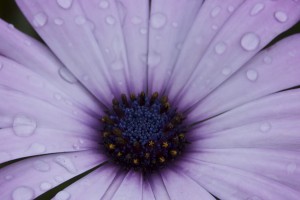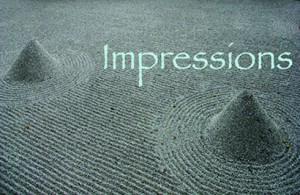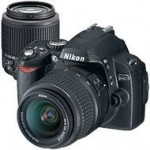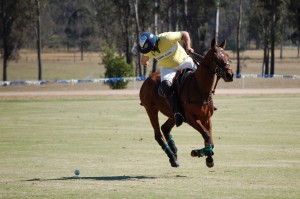Why I love my Nikon D40
While they are a little harder to come by these days, it is worth hunting around for a Nikon D40. That’s because within its price range ($400-$600) there is NOTHING that compares.
The most noticeable feature (and it is definitely a feature) from when you first pick up your D40, is its weight – or rather, lack of! Compared with its big brothers (Nikon D2/200, etc.) and even its competitors, it is as light as a feather.
My husband, Andrew recently bought me a new 10-24mm Wide Angle lens for my birthday. When I attached it to my D40 body I was reminded just how lightweight it really is. It is so easy to carry; I never leave home without it.
The D40 comes with an outstanding 18-55mm lens and sometimes you can even get a starter-kit, which comes with a bonus 55-200mm VR lens, which is great for getting up-close and personal from a distance.
The 18-55mm lens is my favourite mid-range zoom. It has outstanding optical performance and I can easily and precisely manage the zoom with just one finger. With a super close focus and far-reaching zoom my D40 provides great versatility in one lens shooting minute macro detail to wide open spaces. And again, it weighs almost nothing, which allows me to carry my D40 EVERYWHERE.
The D40 has a built-in flash but if you are going to get serious about flash, grab the SB-400 flash which provides beautiful soft light, especially when used in bounce mode, and adds little weight to the D40.
Since August 2008 I would have taken over 18,000 photos and my D40 and it still works just as it did the day I bought it.
The battery life is phenomenal! I bought a spare battery when I bought the camera. I always keep it charged and ready to go, but I have only needed it once – at an all-day/all-night wedding where I took over 2500 shots. It would be safe to say I consistently get 1000 images per battery charge.
I also bought a tripod with the camera. But hardly ever use that either, as my D40 gets such great hand-held results. Even at slow speeds my D40 has incredibly low shutter and mirror vibration.
My D40 has a brilliant, and when I say brilliant I mean Brilliant – big, bright, sharp rear LCD screen. It is excellent for quickly displaying large vivid images and navigating the very user-friendly menu.
The menu is straightforward and simple but still has some advanced editing options. The menu comprehensively guides you through various options and settings and even comes in a choice of colours.
So what’s bad about my Nikon D40?
Really the only thing bad I could say about my D40 is its’ lens compatibility.
My D40 only auto-focuses with the latest AF-S lenses, as well as older professional, AF-I lenses as it does not have an in-body focus motor and so requires a lens with an integrated auto-focus motor.
With traditional AF lenses you have to focus manually. Which then excludes older lenses, with a few exceptions such as macros, fisheyes and some ultra-wide angle lenses that you can easily manually focus.
However, the included kit lens and modern lenses out-perform older lenses you may have wished to use with the D40 chassis.
But it is only 6 Megapixels you say?
Well only 6.1 to be exact! And that’s the way I like it! Don’t buy into the mass buyer psychology that you have to have 10 Million pixels to get a good shot. More pixels do not help, but holding your camera still certainly does. You can enlarge prints from the D40 without limit. Some of my images, even macro, have been blown up to 4meters long (click here to view) with no noticeable distortion.
I love my Nikon D40 because it gave me the confidence to explore my talents and take my hobby to the next level.
I will carry my D40 with me even when I upgrade to a D300s because it is such a great lightweight camera to quickly capture special moments.
If you can’t get your hands on a Nikon D40 the next best thing would be a Nikon D5000 ($600-700) before moving up to the big boys.
Happy snapping.
Natalee-Jewel
http://irem.com.au
Owner/Principal Photographer



